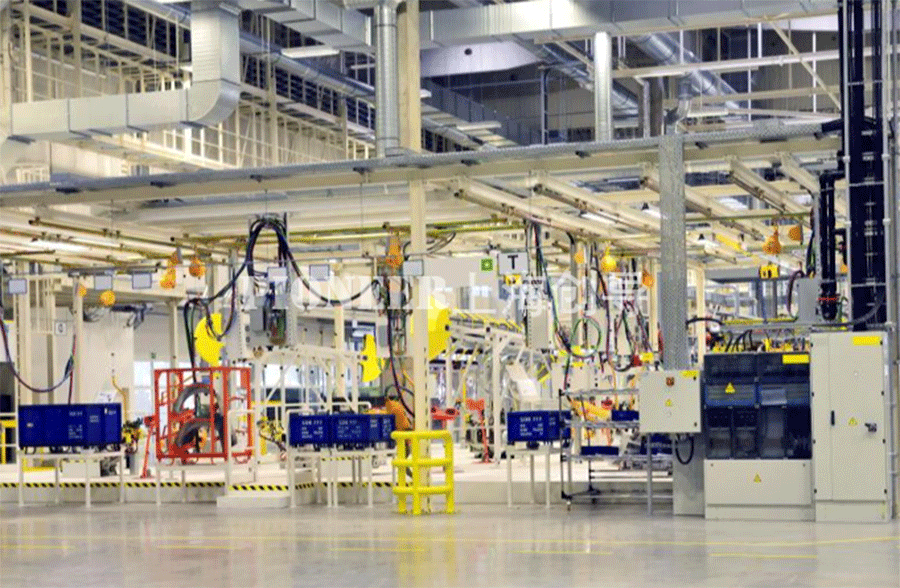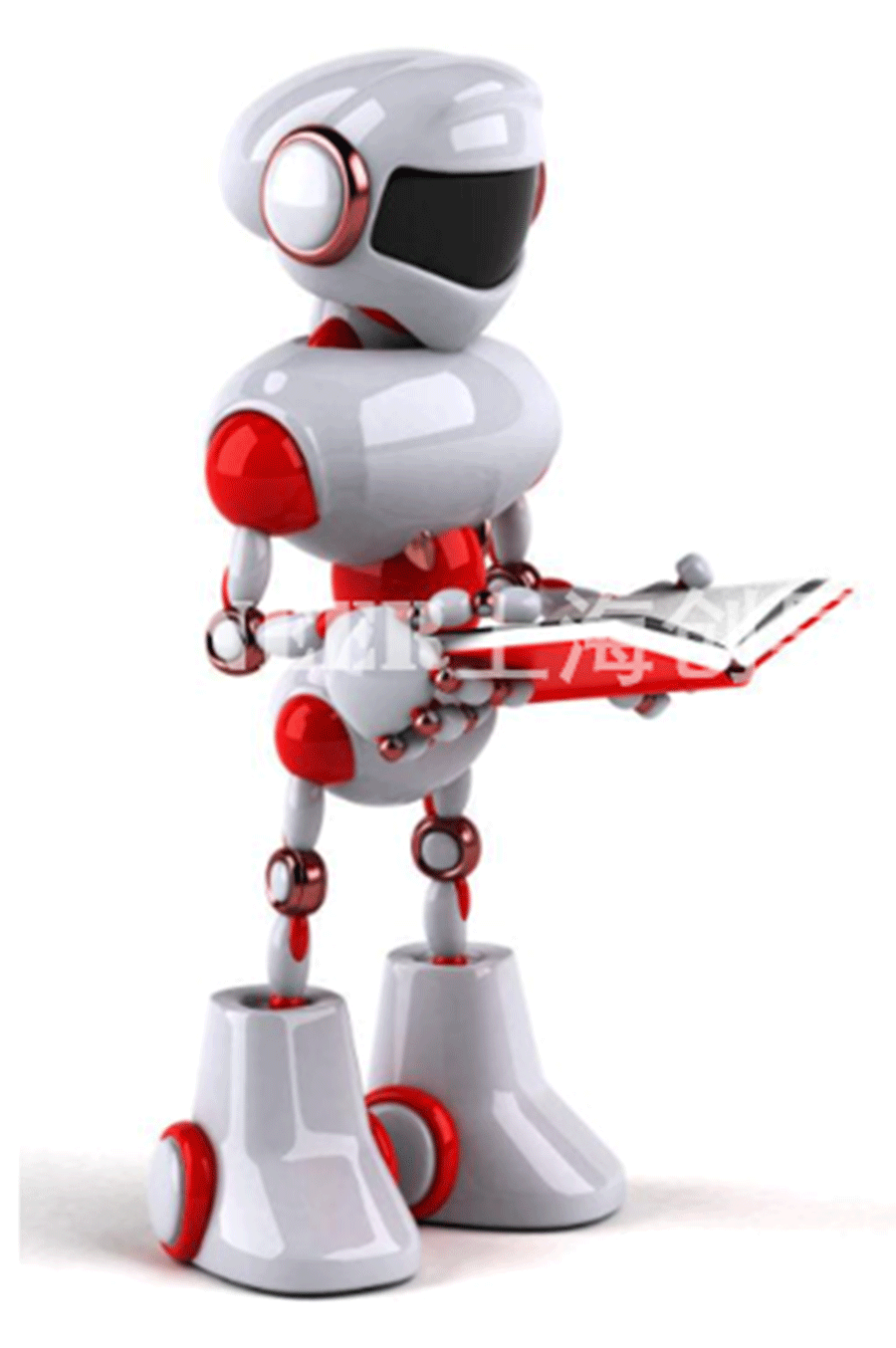Copyright © Shanghai Chuangdaozhihe Equipment Technology Co., Ltd. All Rights Reserved. Site Map
- +86-150264808540086-021-66532769 ext. 805
- chdvip888@outlook.com
- Room 711, Enterprise Plaza, 228 Meiyuan Road, Jing'an District, Shanghai, China

With the successive introduction and deepening of "Industry 4.0" and "Made in China 2025," the global manufacturing industry is moving toward automation, integration, intelligence, and green development. As the world's largest manufacturing nation, China is seeing an increasing adoption of intelligent robots. Today, we'll take a look at their top ten application areas.

1.Warehousing and logistics
In recent years, robotics products and services have seen rapid adoption and widespread application in a variety of warehousing and logistics scenarios, including e-commerce warehouses, cold chain transportation, supply chain distribution, and port logistics. Warehousing robots now employ artificial intelligence algorithms and big data analytics for path planning and task coordination. They are also equipped with sensors such as ultrasonic ranging, laser sensing, and visual recognition for positioning and obstacle avoidance. Ultimately, hundreds of robots can rapidly and concurrently perform tasks such as shelving, picking, replenishment, returns, and inventory.
2.Consumer goods processing and manufacturing
Industrial robots are trending towards miniaturization and lightweighting, significantly reducing their operating costs and significantly lowering the requirements for deployment environments. This is facilitating the expansion of application scenarios and the development of human-robot collaboration. Currently, several consumer goods industries are promoting production line transformation around miniaturized and lightweight industrial robots, gradually achieving automated and intelligent operations throughout the entire manufacturing lifecycle. Human-robot collaboration has also made progress in some areas.
3.Surgery and medical rehabilitation
In the field of surgery, robots, leveraging advanced control technology, significantly outperform humans in force control and precision, effectively addressing the issue of fatigue-related surgical inaccuracies. Operated by professionals, surgical robots have already achieved a degree of clinical application in specialized surgical areas such as orthopedics, thoracic surgery, cardiology, neurology, abdominal surgery, and urology. In the field of medical rehabilitation, the increasingly popular exoskeleton robot incorporates sophisticated sensing and control technologies to provide users with wearable external mechanical devices.
4.Building and indoor delivery
The significant and growing demand for immediate delivery of small items has spawned the emergence of specialized service robots. Leveraging advanced technologies such as mapping, path planning, machine vision , and pattern recognition, robots capable of cross-floor door-to-door delivery services are beginning to appear in large shopping malls, restaurants, hotels, hospitals, and other locations. Currently, some locations are utilizing mobile robots capable of communicating with elevators and access control systems , providing true point-to-point delivery services to users within the venue, completely replacing manual labor.
5.Intelligent companionship and emotional interaction
speech recognition, natural semantic understanding, visual recognition, emotion recognition, scene cognition, and physiological signal detection , the robot can fully analyze human facial expressions and intonation, and provide feedback through various interactive methods such as gestures, expressions, and touch, greatly improving the user experience and meeting the user's needs for companionship and communication.

6.Professional cleaning of complex environments and special objects
The gradual replacement of humans for specialized cleaning tasks in complex environments and on specialized objects by robots is an inevitable trend. In urban construction, robots can cling to skyscrapers and overpasses to clean wall surfaces, effectively eliminating the safety hazards associated with cleaning personnel working high above. In the field of high-end equipment, robots can be used for surface maintenance and rust removal on high-speed trains, ships, and large passenger aircraft, reducing the cost and difficulty of manual maintenance. In specialized environments such as underground pipelines, underwater cables, and nuclear power plants, robots can enter environments where humans are unsuitable for extended periods of time to complete cleaning tasks.
7.Urban emergency security
There are many types of robots that can be used for urban emergency security, and they are quite professional. They are generally composed of mobile robots equipped with special thermal imaging, material detection, explosion-proof emergency and other modules, including security and explosion-proof robots, drug monitoring robots, emergency rescue robots, under-vehicle inspection robots, police explosion-proof robots, etc.
8.Film and television shooting and production
Currently, robots widely used in the film and television entertainment field mainly use technologies such as micro-electromechanical systems, inertial navigation algorithms, and visual recognition algorithms to achieve system posture balance control and ensure clear and stable shooting shots. Robots represented by aerial photography drones and high-stability robotic arm gimbals have been widely used.
9.Energy and mineral extraction
With the continuous improvement of robots' environmental adaptability and autonomous learning capabilities, abandoned oil wells and mines that were no longer suitable for human activities due to natural disasters, environmental changes, etc. are expected to be reactivated, which is of great significance for expanding the scope of human resource utilization and improving resource utilization efficiency.
10.Defense and Military
Major developed countries around the world have invested heavily in the research and development of military robots capable of meeting modern defense and military needs. Currently, a wide variety of military robots, represented by military drones, multi-legged robots, unmanned surface vessels, unmanned submarines, and exoskeleton systems, are rapidly emerging. Leveraging advanced sensing, new materials, biomimetics, scene recognition, global positioning and navigation systems, and data communications, they are now able to implement a "perception-decision-action-feedback" process, autonomously completing missions on the battlefield.